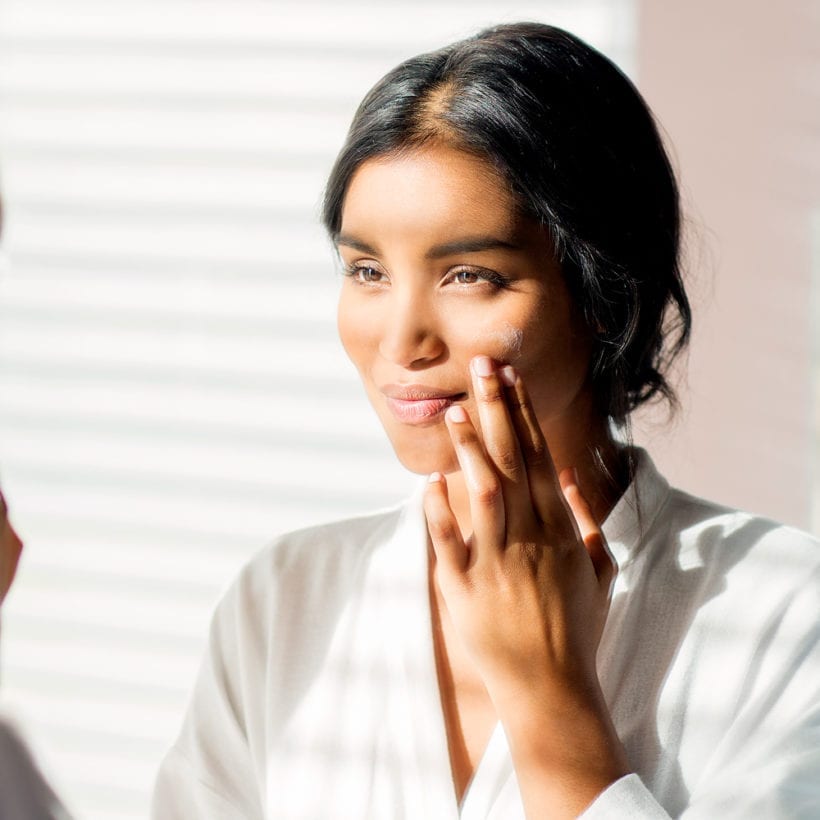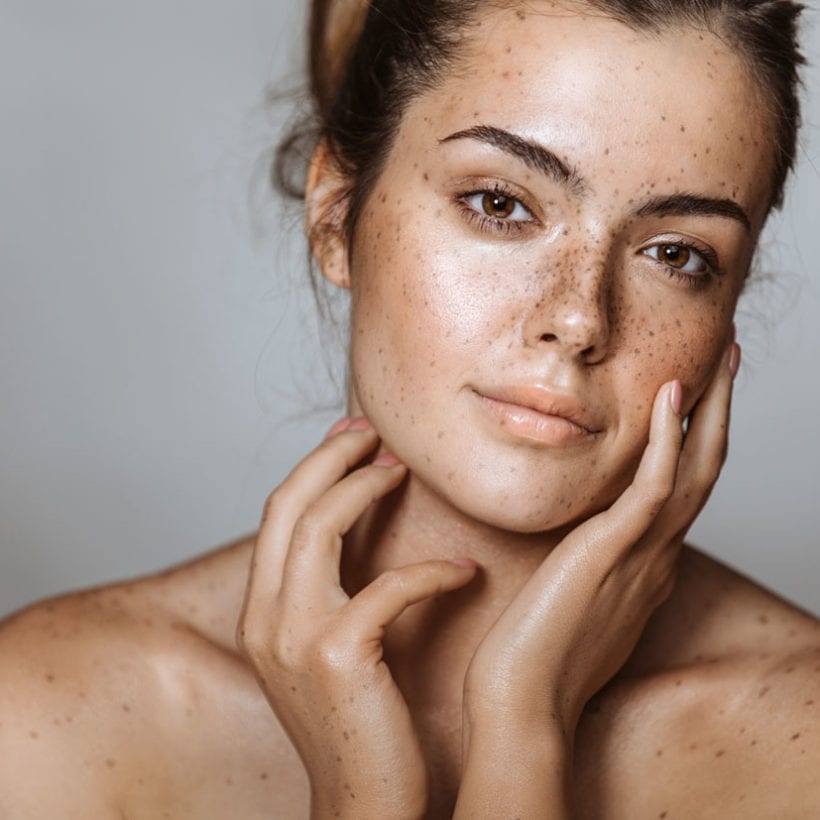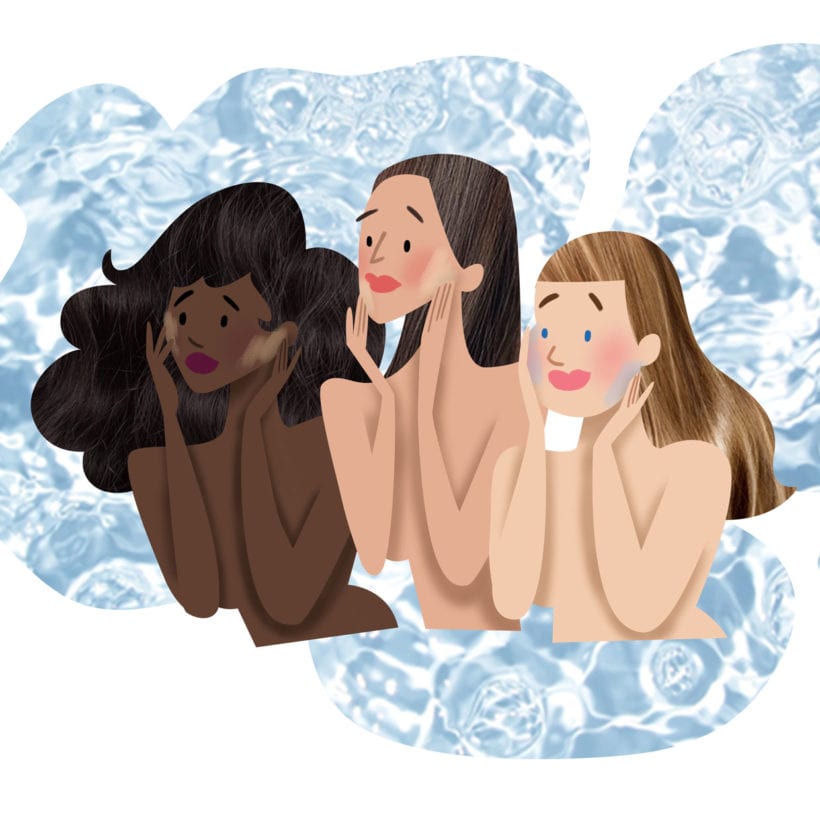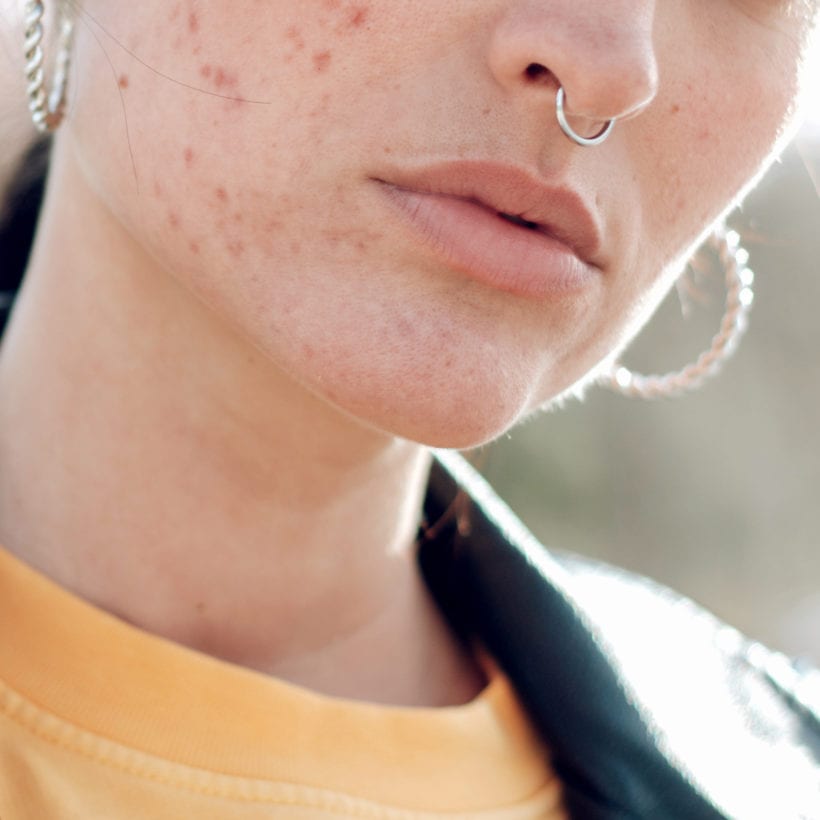It seems like in the beauty industry there is always one extreme or another. Some people do 10-step routines, and others tout the benefits of skin fasting. Truth be told, when I see anyone on Instagram doing more than the usual five to seven steps, getting a facial cupping treatment, another laser session or putting one more sheet mask, it makes me wonder just how much is too much. As someone who swears by almost the same five tried-and-true skincare products morning and night, all the legitimately “extra” skincare treatments leave me thinking there has to be a few mistakes we are making. Is it my doing too little? Are the 10 steps too much? Does it have nothing to do with how many products we are using, but how we are using them? Experts reveal the most common skin transgressions.
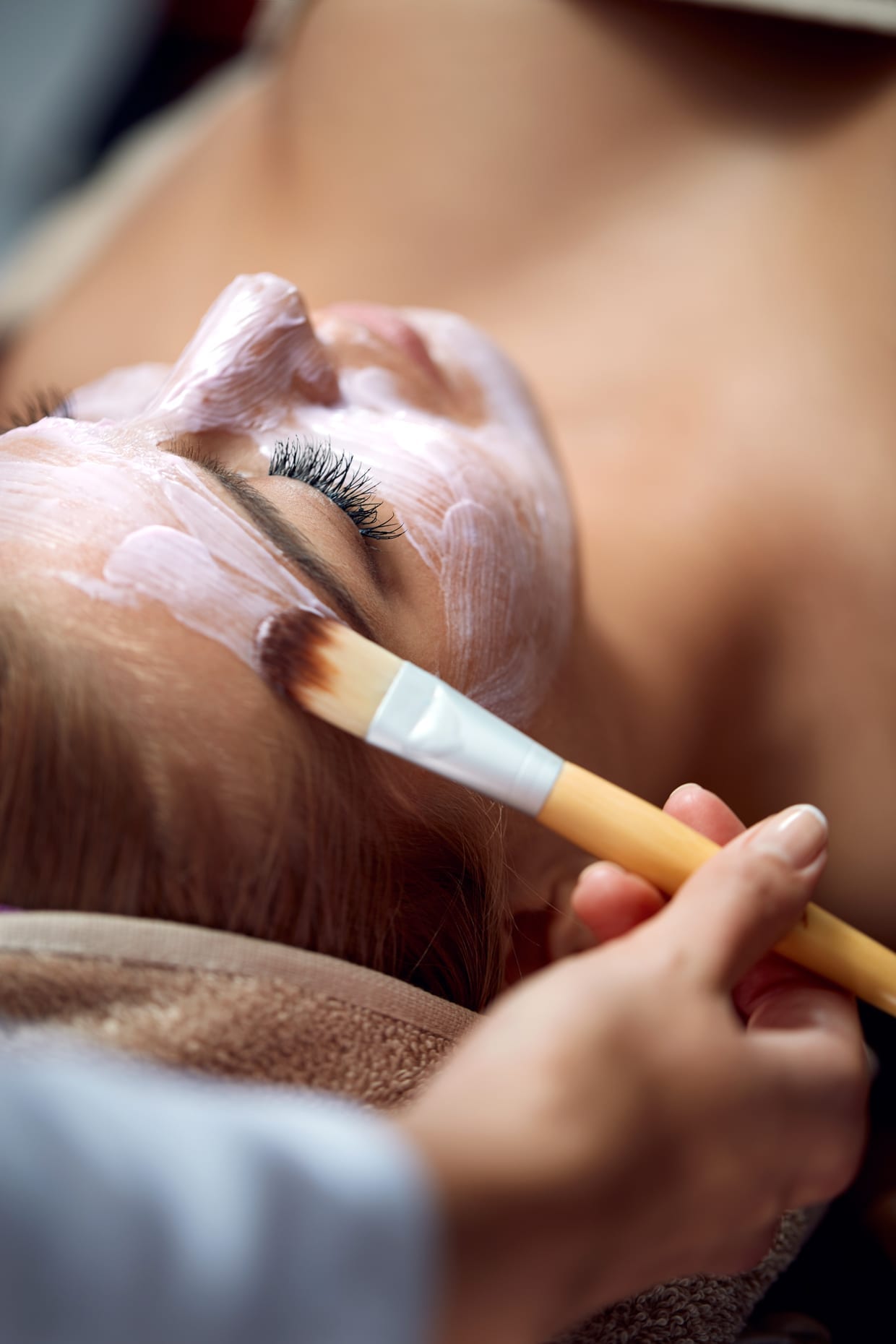
1. Getting too many aggressive treatments close together
Aha! More is not always more. “People can absolutely do more harm than good by getting too many treatments,” says Shamara Bondaroff, esthetician and founder of SB Skin in New York. “Lasers, needling, peels and even at-home peels can be so aggressive. Some treatments will leave your skin red, swollen, peeling and, most importantly, vulnerable to other harmful ingredients and environmental aggressors for weeks after.” That being said, people’s skin sensitivity varies greatly. If you are going to go for all the works, Bondaroff recommends introducing new treatments slowly and conservatively and giving the skin time to really heal before jumping into the next exciting thing. “Talk to your practitioner about what the ideal downtimes are, but take your skin into account, too,” she adds. “You may want to add a week or three to the recommended waiting period.”
2. Layering too many products
Not all products can penetrate other products due to their molecular size. “So essentially, if you’re putting an oil on your face, and you put a water-based serum on top, it’s not going to reach your skin,” says Bondaroff. “Also, let each product settle before you put on the next one. Try waiting 15-20 seconds in between.” But it is not just about the time, it is also about the number of products. “The outermost product isn’t going to be doing much,” adds Houston-based dermatologist Reena Jogi, M.D. “You don’t want be [using] seven different products and think that the 7th one on there is still acting — it’s probably not getting where it needs to be.”
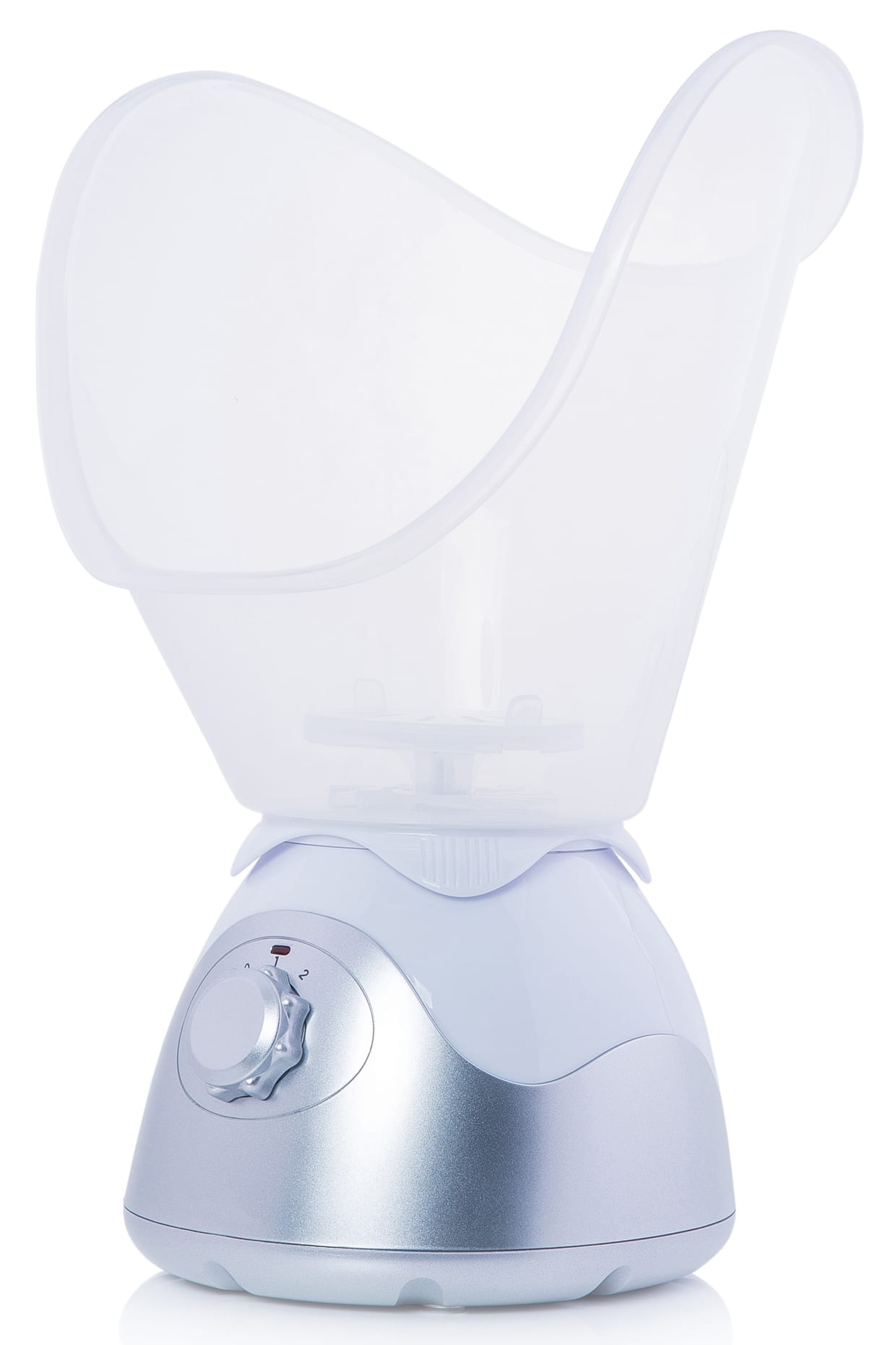
3. Steaming too much
“Many people’s skin can have an adverse reaction to steaming, but it’s been such a standard facial practice for so long, many people don’t question it,” says Bondaroff. “If your skin is prone to inflammation or rosacea, it can cause a flare-up.” Steam delivers heat to your face, and when you do it too much, too often, it can cause premature aging. How? Collagen is a protein mostly made up of water, and too much heat slowly breaks up the collagen strands in our skin. Think redness, lines, sagging, etc. When it comes to steaming at home, Bondaroff suggests caution. “If necessary, do it at most once a quarter. I’d be super careful at home; steam can burn you just as bad as hot water can,” she says. “At least in a professional environment, they are using equipment designed for facial steaming.”
4. Extractions
Extractions are usually people’s least favorite part of a facial, and the good news is that you don’t actually need to do them that often. “I personally don’t think extractions should be done on the regular — quarterly if that,” says Bondaroff. “Many estheticians don’t perform them correctly or do too much and over-stimulate the face, which leads to breakouts and damages to the skin like hyperpigmentation and scarring,” Bondaroff recommends focusing on preventing clogged pores as much as possible in the first place.

5. Putting your phone up to your face
Think about the last place you put your phone down. On top of the public restroom sink? Gross. In fact, a recent study found that your cellphone has more than 17,000 bacterial gene copies, and another study found that cell phones carry 10 times more bacteria than most toilet seats. Additionally, they are magnets for buildup like makeup, facial oil and toxins, so every time we put our phone up to our face, we are working to clog our pores and lead to breakouts later on. Sometimes dermatologists see patients with acne only on one cheek, which is a dead giveaway. In other words, hop on the headphone bandwagon.
6. Not reapplying sunscreen
Most people say they wear it every day, but the sunscreen you put on in the morning isn’t working in the afternoon. “When you leave and get in your car, and you’re getting all that sun exposure through your window, you are damaging your skin without realizing it,” says Jogi. “You really need to be reapplying before going out in the sun again.” The Skin Cancer Foundation recommends sunscreen be applied 30 minutes before sun exposure to allow the ingredients to bind to the skin, and then be reapplied every two hours. Solely relying on makeup with SPF is a mistake, according to dermatologists, since you need much more of it to have its desired effect. Luckily, there are a ton of products out there that are lightweight and can go over makeup. For example, Coola’s Makeup Setting Spray SPF 30 or Supergoop’s Defense Refresh Setting Mist.
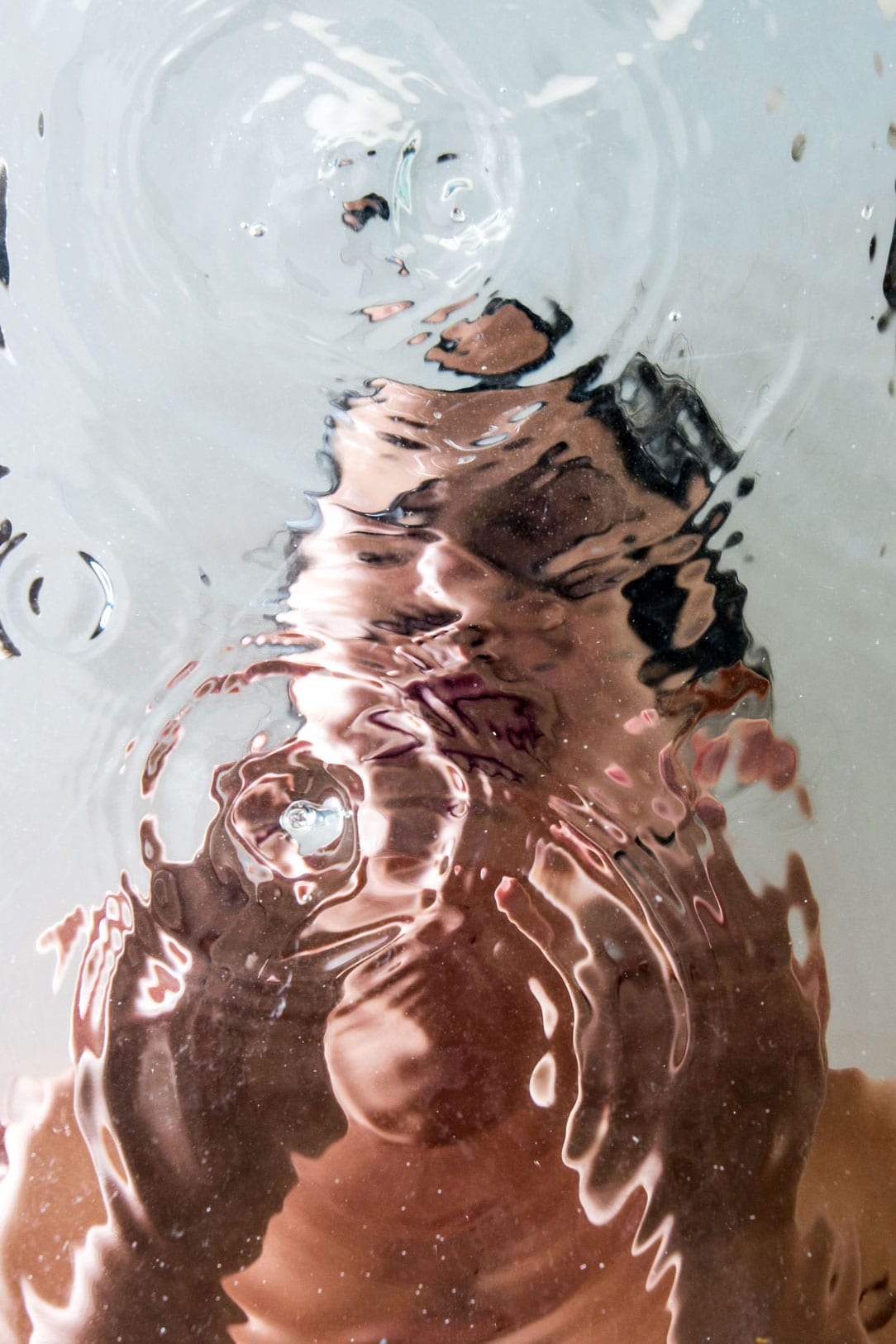
7. Using the wrong cleanser
Everyone likes the lathering feeling of a cleanser, for example, but a foam cleanser — like the ones that come in a pump — is not for every skin type. If you already have dry skin, foam cleansers are not the best choice for you; you want to be using a creamier, gentler cleanser. While if you have oily skin, your skin is probably going to be more resilient to them. “The foam is made of surfactants, which strip the skin of its oils,” says Jogi. “So if you have dry skin at baseline, you don’t want to be stripping it even more.” On the flip side, oil-based cleansers are gentler on the skin, so they are better for sensitive skin or skin prone to rosacea, but may not be the best choice for acne-prone, oily skin. Additionally, good facial cleansing requires temperature control — somewhere between lukewarm and warm water. Hot water can scald and strip the skin of its natural oils, and it can also lead to very dry skin. Hot showers interfere with the skin’s natural protective barrier and deplete it from its natural oils and weaken your complexion altogether.
8. Neglecting your neck and décolletage
One of the best signs of a person’s age is their neck and hands, not so much their face. You should actually be continuing your entire skincare regime down to your collarbone area. “Otherwise, if your face looks like you’re 30, but your neck looks like you’re 50, that’s going to give it away,” says Jogi. However, make sure you are gentle with the skin on your neck and décolletage. The skin on the neck and chest is pretty thin, so it’s more prone to damage. Plus, apply your regime always in upward motions to prevent tugging your skin downward, which can lead to sagging. “Work against gravity and give your skin a little lift when applying your products,” Bondaroff adds.
We only recommend products we have independently researched, tested and loved. If you purchase a product found through our links, Sunday Edit may earn an affiliate commission.




